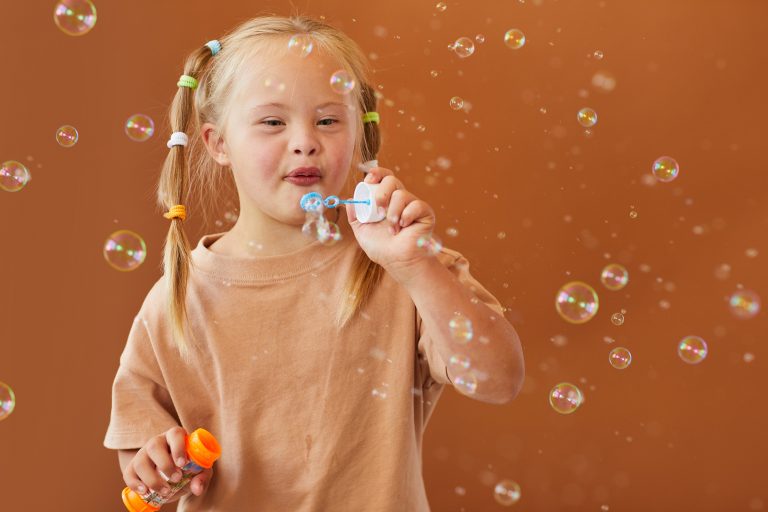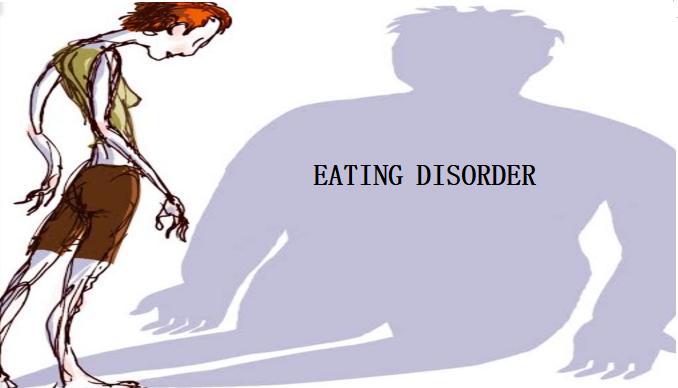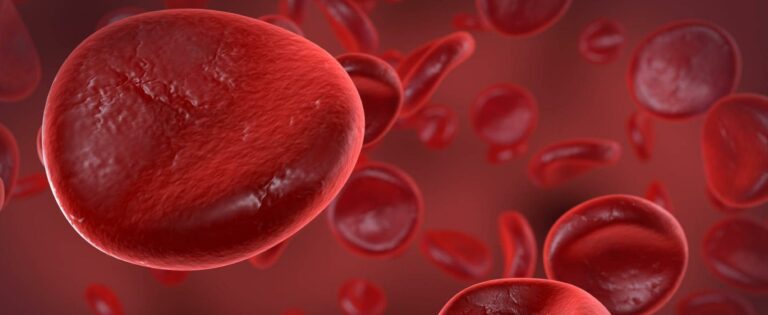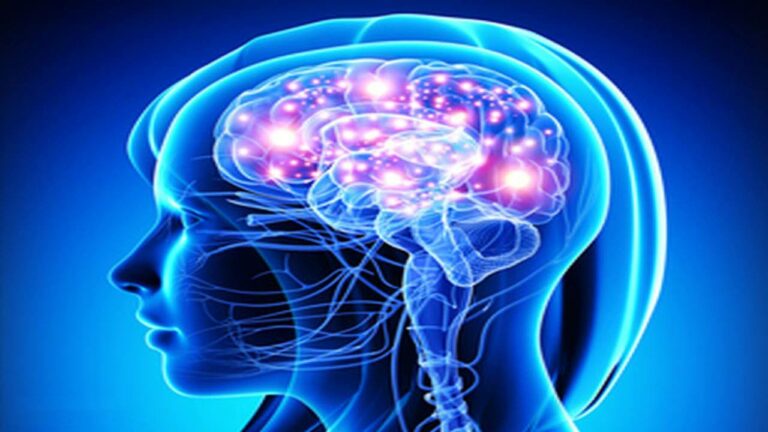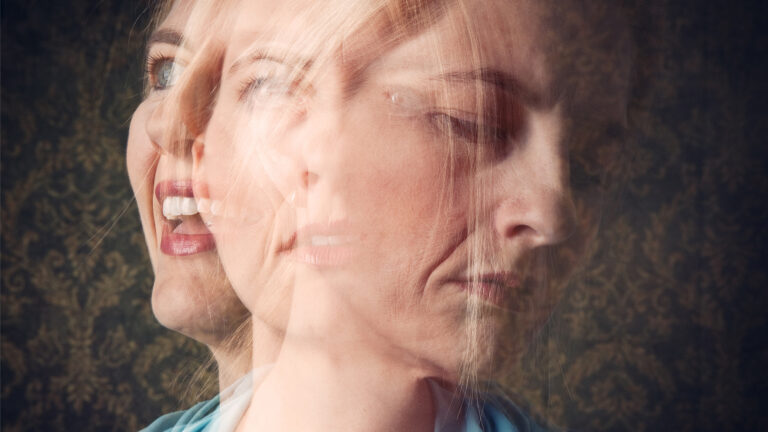Autism Spectrum Disorder (ASD): What is it?
Author: Giselle Robel
Giselle Robel
Category: Health

What is autism?
Autism spectrum disorder is a condition related to brain development that impacts how a person perceives and socializes with others, causing problems in social interaction and communication. The disorder also includes limited and repetitive patterns of behavior. The term “spectrum” in autism spectrum disorder refers to the wide range of symptoms and severity.
Autism spectrum disorder includes conditions that were previously considered separate autism, Asperger’s syndrome, childhood disintegrative disorder, and an unspecified form of pervasive developmental disorder. Some people still use the term “Asperger’s syndrome,” which is generally thought to be at the mild end of autism spectrum disorder.
Autism spectrum disorder begins in early childhood and eventually causes problems functioning in society socially, in school, and at work, for example. Moreover, often children show symptoms of autism within the first year. A small number of children appear to develop normally in the first year, and then go through a period of regression between 18 and 24 months of age when they develop autism symptoms.
While there is no cure for autism spectrum disorder, intensive, early treatment can make a big difference in the lives of many children.
Understanding Autism Spectrum Disorder
Autism spectrum disorder (ASD), or autism, is a broad term used to describe a group of neurodevelopmental conditions.
ASD is found in people around the world, regardless of race and ethnicity, culture, or economic background.
According to the Centers for Disease Control and Prevention (CDC), ASD is diagnosed more often in boys than in girls. A study of 8-year-olds in 11 locations throughout the United States found a 4.3 to 1 boy-to-girl ratio in 2016. About 1 in 54 of the study participants had ASD.
There are indications that instances of autism are on the rise. And also, some attribute this increase to environmental factors. However, experts debate whether there's an actual increase in cases or just more frequent diagnoses.
What are the different types of autism?
The Diagnostic and Statistical Manual of Mental Disorders, Fifth Edition (DSM-5) is published by the American Psychiatric Association (APA). Clinicians use it to diagnose a variety of psychiatric disorders.
The most recent fifth edition of the DSM was released in 2013. The DSM-5 currently recognizes five different ASD subtypes or specifiers. They are the following:
- with or without accompanying intellectual impairment
- with or without accompanying language impairment
- associated with a known medical or genetic condition or environmental factor
- associated with another neurodevelopmental, mental, or behavioral disorder
- with catatonia
Someone can receive a diagnosis of one or more specifiers.
Before the DSM-5, autistic people may have received a diagnosis of:
- autistic disorder
- Asperger's syndrome
- pervasive development disorder-not otherwise specified (PDD-NOS)
- childhood disintegrative disorder
It's important to note that a person who received one of these earlier diagnoses hasn't lost their diagnosis and won't need to be reevaluated.
Symptoms
Some children show signs of autism spectrum disorder in early infancy, such as reduced eye contact, lack of response to their name, or indifference to caregivers. Other children may develop normally for the first few months or years of life, but then suddenly become withdrawn or aggressive or lose language skills they’ve already acquired. Likewise, signs usually are seen by age 2 years.
And also, each child with autism spectrum disorder is likely to have a unique pattern of behavior and level of severity from low functioning to high functioning.
Some children with autism spectrum disorder have difficulty learning, and some have signs of lower than normal intelligence. Other children with the disorder have normal to high intelligence they learn quickly, yet have trouble communicating and applying what they know in everyday life and adjusting to social situations.
Because of the unique mixture of symptoms in each child, severity can sometimes be difficult to determine. It’s generally based on the level of impairments and how they impact the ability to function.
Below are some common signs shown by people who have autism spectrum disorder.
Social communication and interaction
A child or adult with autism spectrum disorder may have problems with social interaction and communication skills, including any of these signs:
- Does not respond to his or her name or appears not to hear you at times
- Doesn’t like cuddling and holding, and seems to prefer playing alone, retreating into his or her own world
- Has poor eye contact and lacks facial expression
- Doesn’t speak or has delayed speech, or loses the previous ability to say words or sentences.
- Can’t start a conversation or keep one going, or only starts one to make requests or label items
- Speaks with an abnormal tone or rhythm, and may use a singsong voice or robot-like speech
- Repeats words or phrases verbatim, but doesn’t understand how to use them
- Doesn’t appear to understand simple questions or directions
- Doesn’t express emotions or feelings and appears unaware of others’ feelings
- Does not point at or bring objects to share interests
- Inappropriately approaches a social interaction by being passive, aggressive or disruptive
- Has difficulty recognizing nonverbal cues, such as interpreting other people’s facial expressions, body postures or tone of voice
Patterns of behavior

A child or adult with autism spectrum disorder may have limited, repetitive patterns of behavior, interests, or activities, including any of these signs:
- Shows repetitive movements, such as rocking, spinning or hand flapping
- Demonstrate activities that could cause self-harm, such as biting or head-banging
- Develops specific routines or rituals and becomes disturbed at the slightest change
- Has problems with coordination or has odd movement patterns, such as clumsiness or walking on toes, and has odd, stiff or exaggerated body language
- Is fascinated by the details of an object, such as the spinning wheels of a toy car, but doesn’t understand the overall purpose or function of the object
- Is unusually sensitive to light, sound or touch, yet may be indifferent to pain or temperature
- Doesn’t engage in imitative or make-believe play
- Fixates on an object or activity with abnormal intensity or focus
- Has specific food preferences, such as eating only a few foods, or refusing foods with a certain texture
As they mature, some children with autism spectrum disorder become more engaged with others and show fewer disturbances in behavior. Some, usually those with the least severe problems, eventually may lead normal or near- normal lives. Others, however, continue to have difficulty with language or social skills, and the teen years can bring worse behavioral and emotional problems.
When to see a doctor
Babies develop at their own pace, and many don’t follow exact timelines found in some parenting books. But children with autism spectrum disorder usually show some signs of delayed development before age 2 years.
If you’re concerned about your child’s development or you suspect that your child may have autism spectrum disorder, discuss your concerns with your doctor. The symptoms associated with the disorder can also be linked with other developmental disorders.

Signs of autism spectrum disorder often appear early in development when there are obvious delays in language skills and social interactions. Your doctor may recommend developmental tests to identify if your child has delays in cognitive, language, and social skills if your child:
- Does not respond with a smile or happy expression by 6 months
- Do not mimic sounds or facial expressions by 9 months
- Doesn’t babble or coo by 12 months
- Does not gesture such as point or wave by 14 months
- Do not say single words by 16 months
- Doesn’t play “make-believe” or pretend by 18 months
- Doesn’t say two-word phrases by 24 months
- Loses language skills or social skills at any age
What causes autism?
The exact cause of ASD is unknown. The most current research demonstrates there's no single cause.
Some suspected risk factors for ASD include:
- having an immediate family member who's autistic
- genetic mutations
- fragile X syndrome and other genetic disorders
- being born to older parents
- low birth weight
- metabolic imbalances
- exposure to heavy metals and environmental toxins
- a history of viral infections
- fetal exposure to the medications valproic acid or thalidomide (Thalomid)
According to the National Institute of Neurological Disorders and Stroke (NINDS), both genetics and environment may determine whether a person develops ASD.
However, multiple sources, old and new, have concluded that vaccines do not cause ASD.
A controversial 1998 study proposed a link between autism and the measles, mumps, and rubella (MMR) vaccine. However, that study has been debunked by other research and was eventually retracted in 2010.
What tests are used to diagnose autism?
An ASD diagnosis involves several screenings, genetic tests, and evaluations.
Developmental screenings
The American Academy of Pediatrics (AAP) recommends that all children undergo screening for ASD at the ages of 18 and 24 months.
Screening can help identify ASD in children earlier than later. These children may benefit from early diagnosis and support.
The Modified Checklist for Autism in Toddlers (M-CHAT) is a common screening tool many pediatric offices use. Parents fill out the 23-question survey. Pediatricians can then use the responses to identify children who may have an increased chance of developing ASD.
It's important to note that screening isn't a diagnosis. Children who screen positively for ASD don't necessarily have it. Additionally, screenings don't always detect every child who's autistic.
Other screenings and tests
Your child's physician may recommend a combination of tests for autism, including:
- DNA testing for genetic diseases
- behavioral evaluation
- visual and audio tests to rule out any issues with vision and hearing that aren't related to ASD
- occupational therapy screening
- developmental questionnaires, such as the Autism Diagnostic Observation Schedule, Second Edition (ADOS-2)
Determining the diagnosis
A team of specialists typically makes the diagnosis. This team may include:
- child psychologists
- occupational therapists
- speech and language pathologists
How is autism treated?
There are no cures for ASD. Rather, for some autistic people, supportive therapies and other considerations can help them feel better or alleviate certain symptoms.
Many approaches involve therapies such as:
- behavioral therapy
- play therapy
- occupational therapy
- physical therapy
- speech therapy
Massages, weighted clothing and blankets, and meditation techniques may also help some autistic people manage symptoms. However, results will vary. Some people may respond well to certain approaches, while others may not.
Alternative remedies
Research on alternative remedies is mixed, and some remedies can be dangerous. These alternative remedies include things like:
- high-dose vitamins
- chelation therapy, which involves flushing metals from the body
- hyperbaric oxygen therapy
- melatonin to address sleep issues
Before investing in any alternative therapy, parents and caregivers should weigh the research and financial costs against any possible benefits.
Risk factors
The number of children diagnosed with autism spectrum disorder is rising. It’s not clear whether this is due to better detection and reporting or a real increase in the number of cases, or both.
Autism spectrum disorder affects children of all races and nationalities, but certain factors increase a child’s risk. These may include:
- Your child’s sex. Boys are about four times more likely to develop autism spectrum disorder than girls are.
- Family history. Families who have one child with autism spectrum disorder have an increased risk of having another child with the disorder. It’s also not uncommon for parents or relatives of a child with autism spectrum disorder to have minor problems with social or communication skills themselves or to engage in certain behaviors typical of the disorder.
- Other disorders. Children with certain medical conditions have a higher than normal risk of autism spectrum disorder or autism-like symptoms. Examples include fragile X syndrome, an inherited disorder that causes intellectual problems; tuberous sclerosis, a condition in which benign tumors develop in the brain; and Rett syndrome, a genetic condition occurring almost exclusively in girls, which causes slowing of head growth, intellectual disability and loss of purposeful hand use.
- Extremely preterm babies. Babies born before 26 weeks of gestation may have a greater risk of autism spectrum disorder.
- Parents’ ages. There may be a connection between children born to older parents and autism spectrum disorder, but more research is necessary to establish this link.
Complications
Problems with social interactions, communication, and behavior can lead to:
- Problems in school and with successful learning
- Employment problems
- Inability to live independently
- Social isolation
- Stress within the family
- Victimization and being bullied
Prevention
There’s no way to prevent autism spectrum disorder, but there are treatment options. Early diagnosis and intervention are most helpful and can improve behavior, skills, and language development. However, intervention is helpful at any age. Though children usually don’t outgrow autism spectrum disorder symptoms, they may learn to function well.






